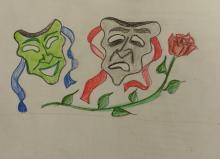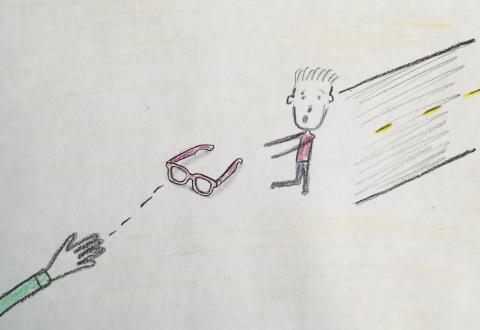"race is the child of racism"-- Postcard 3/29
By MirandaMarch 29, 2016 - 11:19

In Between the World and Me, Ta-Nehisi Coates writes a letter to his fifteen-year-old son, talking about the experience of inhabiting a black body in American society. He talks about the murders of Eric Garner, Renisha McBride, and many others who were killed by police, who, he says, were more likely to receive pensions than punishnment. Talking about the way that race and racism are regarded in America, he writes that "race is the child of racism," and elaborates that "Difference in hue and hair is old. But the belief in the pre-eminence of hue and hair, the notion that these factors can correctly organize a society... this is the new idea at the heart of these new people who have been brought up hoplessly, tragically, deceitfully, to believe that they are white" (7).







